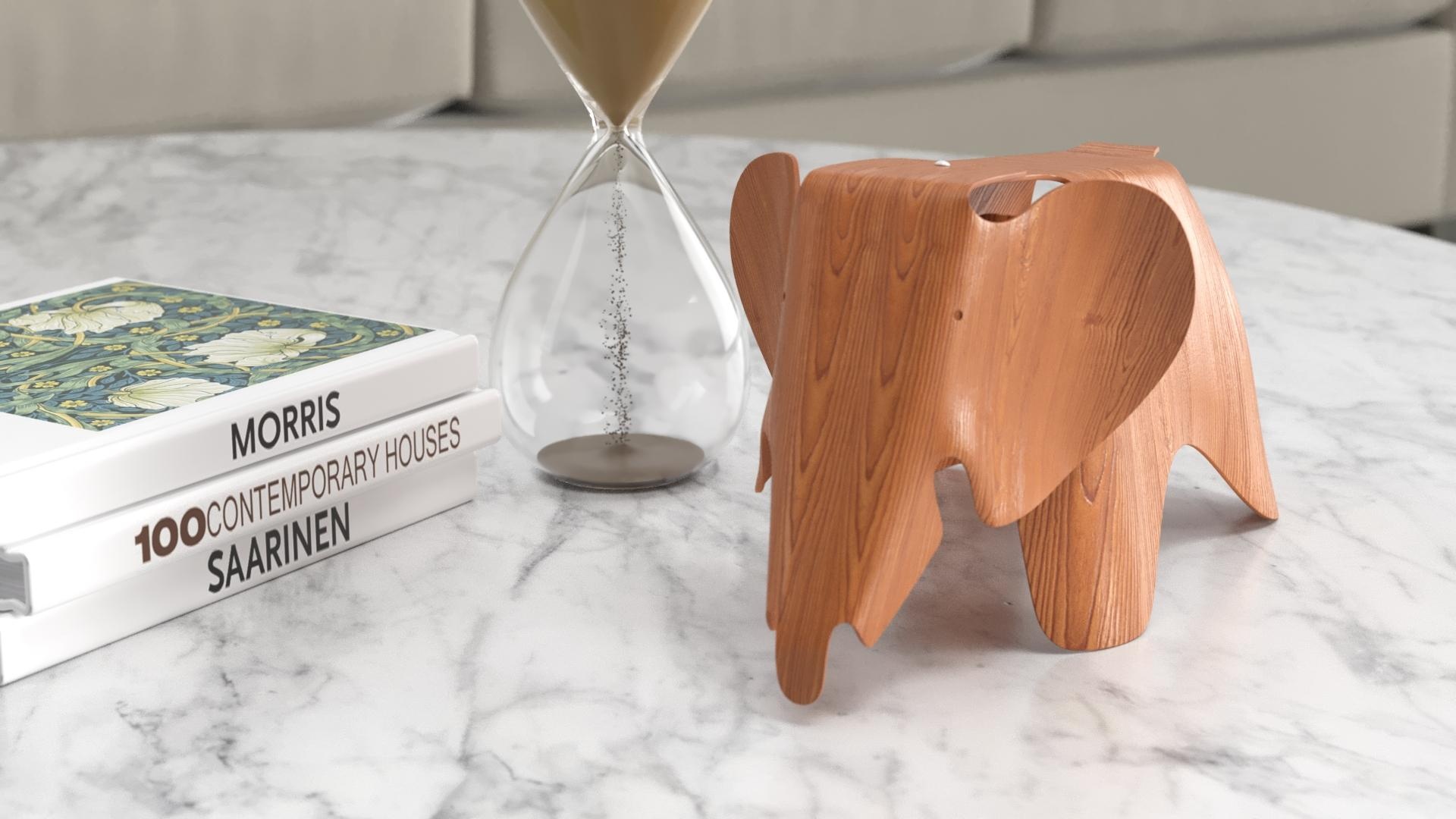DiffuseDiffuse Color – Specifies the basic diffuse of the material. It can be set as a constant color or mapped by a texture map. Diffuse Level – Specifies the diffuse level. Both the diffuse constant color and texture map are multiplied by this number. Setting 0.5 and using white color is equal to using 50% gray color with value 1 or using a texture map with output level 0.5. TranslucencyTranslucency Color – Specifies the translucency of the material. It can be set as a constant color or mapped by a texture map. Translucency Fraction – Specifies the translucency level. Both the translucency constant color and texture map are multiplied by this number. Setting 0.5 and using white color is equal to using 50% gray color with value 1 or using a texture map with output level 0.5. Reflection Reflection Color – Specifies the reflection of the material. It can be set as a constant color or mapped by a texture map. Reflection Level – Specifies the reflection level. Both the reflection constant color and texture map are multiplied by this number. Setting 0.5 and using white color is equal to using 50% gray color with value 1 or using a texture map with output level 0.5. Glossiness (Reflection Glossiness) – Controls how sharp or blurred the reflection are. It can be set by numeric value or mapped by a texture map. A value of 1 (white if a map is used) gives completely sharp reflections, while a value of 0 (black if a map is used) gives completely blurred reflections. Glossiness is the inverse of the Roughness value in some other applications. Fresnel IOR – Index of refraction (IOR) for Fresnel reflections. This controls the amount of material reflection in a physically plausible way. Higher values create stronger reflection, Set this to 999 to disable the Fresnel effect (i.e. to create a mirror-like material). Anisotropy Amount – Specifies Anisotropy of the glossy reflection highlight. A zero value disables anisotropy (creates a perfectly isotropic highlight). A value of -1 creates a maximally anisotropic highlight in one axis, and a value of 1 creates maximally anisotropic highlight in the perpendicular axis. The anisotropy reference frame can be defined in the Advanced options tab. Rotation – Rotates the direction of anisotropic highlight. Value is in degrees. Refraction Refraction Color – Specifies the refraction of the material. It can be set as a constant color or mapped by a texture map. Refraction Level – Specifies the refraction level. Both the refraction constant color and texture map are multiplied by this number. Setting 0.5 and using white color is equal to using 50% gray color with value 1 or using a texture map with output level 0.5. Glossiness (Refraction Glossiness) – Controls how sharp or blurred the refraction is. It can be set by numeric value or mapped by a texture map. A value of 1 (white if a map is used) gives completely sharp refractions, while a value of 0 (black if a map is used) gives completely blurred refractions. Glossiness is the inverse of the Roughness value in some other applications. IOR – Sets the index of Refractions, which controls how much a ray is bent when entering the object. A value of 1 gives no bending of the ray, while the default value of 1.52 is good for generic glass. The precise value for the IOR of different materials can be found in various online references and guides. Dispersion Enabled – Enables the dispersion for the refracted rays. The refractive material has a different index of refraction for different wavelengths, leading to a light dispersion effect. Abbe number – The Abbe number is a measure of the dispersion of the material, with lower values indicating greater dispersion. For most materials, a value between 30 and 60 should be used. Values lower than 10 lead to highly unrealistic dispersion. Thin (no reflection) – Simulates a thin glass plane. Such material has no refraction and does not create caustics, making it fast to render. Use this to create windows with only a single plane, for example. Caustics (slow) – Enables physically correct unbiased caustics. When off, faster transparent shadows are used. Opacity Opacity Color – Specifies the opacity of the material. It can be set as a constant color or mapped by a texture map. Opacity Level – Specifies the opacity level. Both the opacity constant color and texture map are multiplied by this number. Setting 0.5 and using white color is equal to using 50% gray color with value 1 or using a texture map with output level 0.5. Clip – When on, this applies a threshold to the opacity map so that everything below 50% gray is completely opaque. This can speed up rendering significantly. Displacement Texture – Specifies the displacement of the material. Usually in a grayscale texture map. The white values in texture specify the maximum displaced area, while the black values specify the minimum displaced area. Minimum Level – Displacement distance applied to areas with black (0.0) texture. Measured in world space units. Maximum Level – Strength of the displacement effect. It is the world space displacement distance applied to the areas with white (1.0) textures. | 